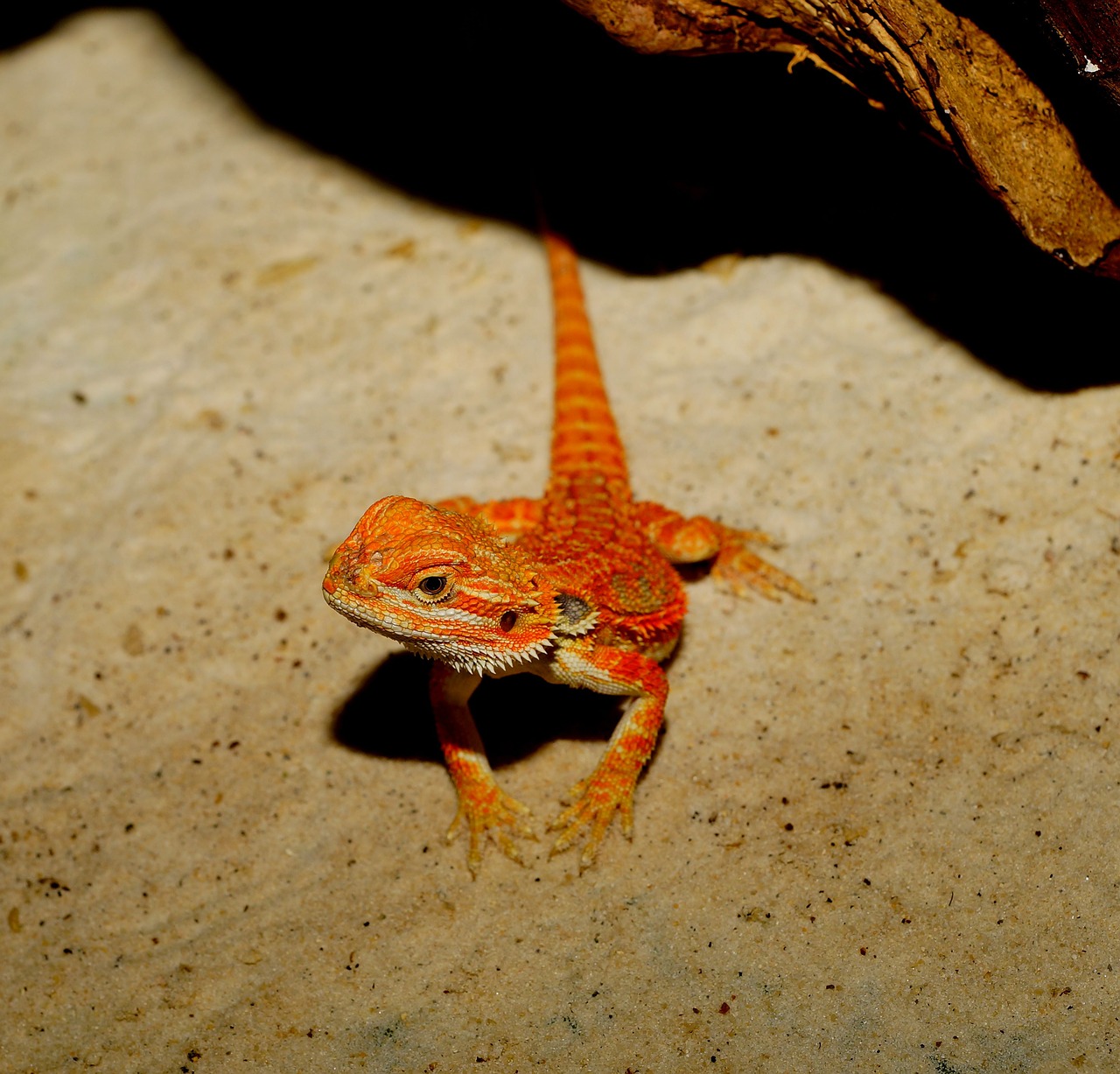
Sure, mixed terrariums are a fun idea. And if you are an advanced herp enthusiast, you might even be able to pull one off successfully. But for most exotic pet owners, it’s a better idea to stick with one species of pet (and often a single specimen) per terrarium. Take a look at the reasons why you shouldn’t set up a mixed terrarium.
Standard aquariums are not well-designed for separate territories.
Many reptile and amphibian species are territorial and can become aggressive when their area is encroached upon. In addition to size considerations, which increase significantly with each animal you add to a terrarium, a simple rectangle shape is not the best option for creating multiple territories. Yes, you see mixed habitats at the zoo, but take a look at the size of those enclosures. They are designed to make each inhabitant feel unthreatened by its cage mates.
A terrarium is not nature.
It’s a common enough argument. “But species live together in nature!” Sure they do. But your terrarium is not nature. The open environment provides much more room for different species to go about their business than a closed environment does. What’s the risk? Many reptile and amphibian species are happy to eat anything they can fit in their mouths, including cage mates. And FYI, they would eat each other in nature too, if one threatened the other’s territory. Also, a large number of amphibians are toxic. That means you could lose both of your exotics if a cage mate eats a toxic member of its mixed terrarium.
Environmental requirements differ between species.
It’s easy to understand. If the species you want to keep have differing environmental requirements, you don’t keep them together in a mixed terrarium. That means setting up a mixed terrarium requires planning to ensure each species you introduce has very similar requirements. Do your pets prefer the same temperature and humidity levels? Do they need a semi-aquatic environment, or would deep water be a problem for one of your pets? You need to know.
One herp could be eaten by another’s food.
You read that correctly. Even for pets that share the same environmental requirements and are non-aggressive toward each other, dietary differences could be the downfall of your mixed terrarium. Let’s say one of your amphibians enjoys large invertebrates, like live adult crickets, for food. If you are keeping a smaller amphibian in the same terrarium, and the cricket doesn’t get eaten immediately, it is possible that the insect could prey on your smaller amphibians. And even if the food itself is not a threat, you may find species that are more adept at catching prey eating the food you intend for their cage mates. In the end, deciding whether to set up a mixed terrarium comes down to researching the precise care requirements and characteristics of each exotic pet you own.
All that being said, if you have your heart set on a mixed terrarium, it can be done. Come in and talk to our herp experts at The Tye-Dyed Iguana to get more information on whether you should set up a mixed terrarium and how to do so without endangering your exotics.
